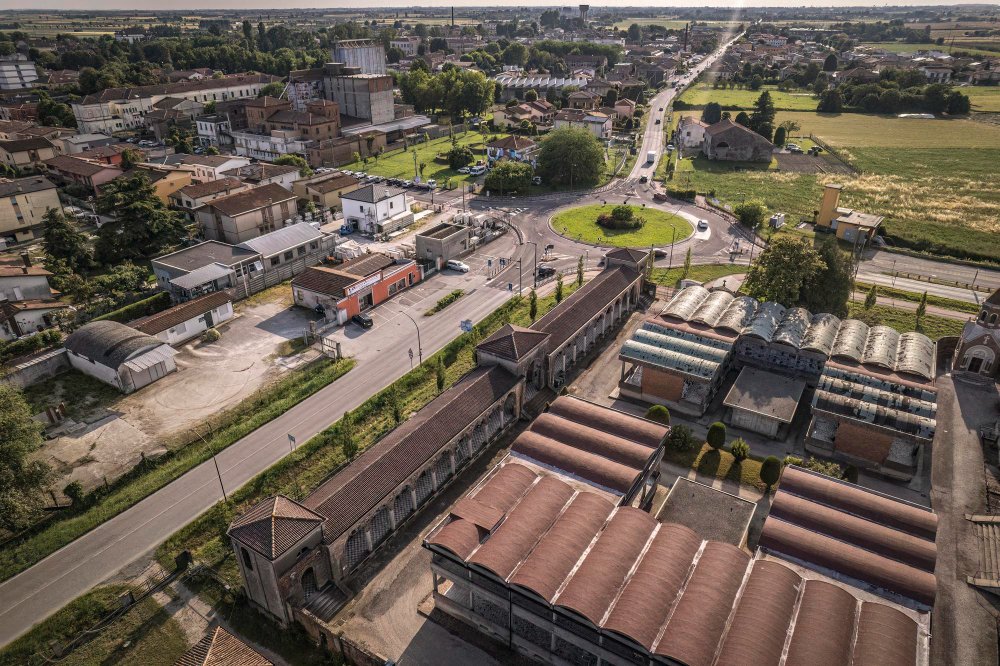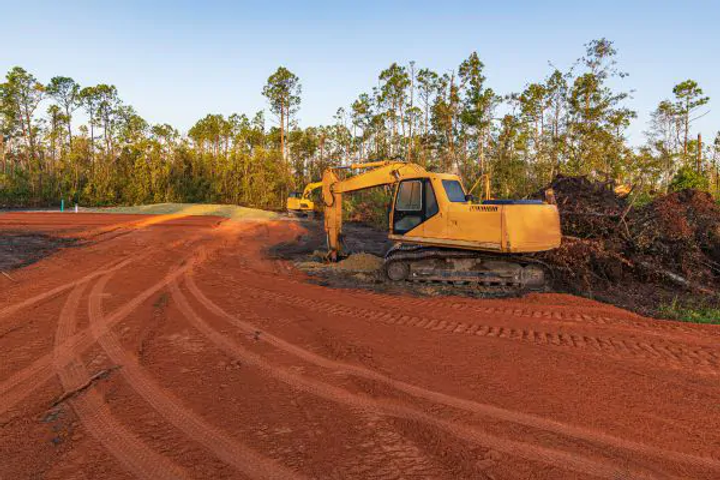Creating a new car model is a fascinating journey, combining creativity, engineering, and precision. From initial sketches to the moment the car hits the market, the process involves various stages. Here’s a detailed look at how a car transitions from concept to production, with insights into how “selling second-hand cars” plays a role in this dynamic industry.
Concept and Ideation
The journey begins with a concept. Designers and engineers brainstorm ideas based on market trends, consumer needs, and technological advancements. This phase focuses on:
- Understanding customer preferences.
- Researching competitors.
- Exploring innovative features.
Automakers often draw inspiration from data about popular trends, including consumer demand for eco-friendly or performance-oriented vehicles. Interestingly, the rise in “selling second-hand cars Cairns” also provides valuable insights into what customers prioritize, such as durability or affordability.
Design and Sketching
Once the concept is defined, designers start sketching. These sketches outline the car’s:
- Shape and aesthetics.
- Proportions and dimensions.
- Functional aspects like aerodynamics.
Digital tools and 3D modeling software help refine these sketches, allowing teams to create lifelike renderings. The emphasis during this stage is to create a car that stands out visually, yet resonates with the practicalities often noted in the “selling second-hand car” market, such as ease of maintenance.
Engineering and Prototyping
With the design approved, engineers step in to build prototypes. This involves:
- Testing structural integrity.
- Evaluating engine performance.
- Integrating safety features.
Prototypes are often subjected to rigorous testing under different conditions. These tests ensure the car can handle real-world scenarios. The lessons learned from “selling second-hand cars” also influence this stage, particularly in designing models with long-term reliability and cost-effective repairability.
Testing and Refinement
Testing is a critical phase. Automakers test the prototype in controlled environments to assess:
- Fuel efficiency.
- Emissions and environmental impact.
- User comfort and handling.
Data from the second-hand market further informs improvements. Cars that are easier to resell typically have a strong resale value, influencing manufacturers to enhance certain aspects like interior durability and advanced safety features.
Supply Chain and Manufacturing Preparation
Before full-scale production begins, manufacturers establish a supply chain. This includes:
- Partnering with parts suppliers.
- Setting up assembly lines.
- Ensuring quality control mechanisms.
Insights from the “selling second-hand car” industry help identify components that retain their value over time. Manufacturers aim to incorporate high-quality materials and designs that appeal to both new buyers and eventual second-hand car buyers.
Mass Production
Once everything is in place, mass production starts. This stage involves:
- Assembling the vehicle on production lines.
- Conducting quality assurance checks.
- Ensuring adherence to regulations.
Automation and robotics play a major role here, ensuring efficiency and precision. The final product is a culmination of efforts from every stage, with an eye on long-term market impact, including its performance in the “selling second-hand car” segment.
Marketing and Launch
The launch phase is all about creating a buzz. Automakers employ marketing strategies such as:
- Showcasing the car at auto shows.
- Utilizing social media campaigns.
- Offering pre-booking options.
Buyers often compare new models with second-hand options to assess value for money. Highlighting a car’s durability and affordability increases its appeal, whether for immediate purchase or future resale.
Customer Feedback and Adaptation
After launch, customer feedback becomes a valuable asset. Automakers analyze reviews to identify:
- Areas for improvement.
- Features that resonate most with buyers.
- Market demands for potential upgrades.
Understanding the lifecycle of cars in the “remove old cars for cash Cairns” market allows manufacturers to make data-driven decisions for future models.
Sustainability in Production
Modern car production emphasizes sustainability. This includes:
- Using recyclable materials.
- Reducing emissions during manufacturing.
- Promoting hybrid and electric models.
The trend of “selling second-hand cars” complements this effort by extending the lifecycle of vehicles, reducing waste, and supporting eco-conscious consumption.
The Role of Second-Hand Car Markets
The second-hand car market plays a pivotal role in shaping new car production. Automakers study resale trends to understand:
- What makes cars retain their value.
- Features that buyers seek in used vehicles.
- Common issues that lead to depreciation.
This knowledge helps create models that are not only appealing at launch but also perform well in the resale market, ensuring sustained demand.
Conclusion: The Road Ahead
The journey from concept to production is complex and rewarding. Each step, from ideation to mass production, shapes the final product. The integration of insights from “selling second-hand cars” ensures that new models meet customer expectations, both as new purchases and in the resale market.
By understanding this journey, buyers can appreciate the craftsmanship and effort that goes into every car, making informed decisions whether they’re purchasing a new vehicle or a reliable second-hand option.













Leave a Reply